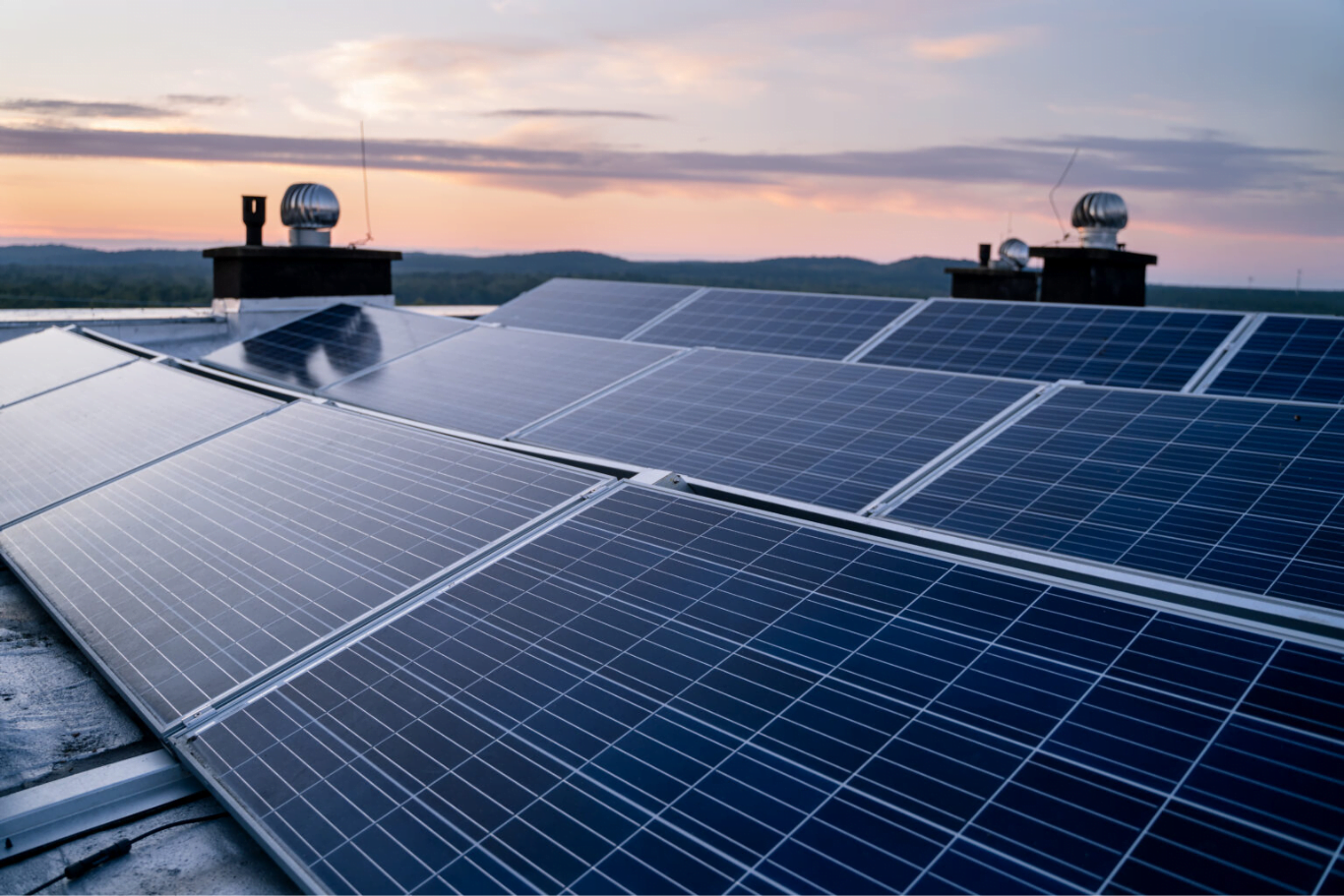
Budget 2018: Energy highlights from the 2018 Autumn Budget
Chancellor Philip Hammond delivered his Autumn 2018 Budget yesterday (29 October). Even though his main speech spoke sparsely on energy, the subsequent documents contained important information. Here are the energy highlights from the 2018 Autumn Budget along with the Inspired Energy viewpoint. Carbon Floor Price frozen The Budget confirmed that the carbon price rate will […]
Chancellor Philip Hammond delivered his Autumn 2018 Budget yesterday (29 October).
Even though his main speech spoke sparsely on energy, the subsequent documents contained important information.
Here are the energy highlights from the 2018 Autumn Budget along with the Inspired Energy viewpoint.
Carbon Floor Price frozen
The Budget confirmed that the carbon price rate will remain frozen at £18/tCO2 for 2020-21. From 2021-22, the Government will seek to reduce the CPS rate if the Total Carbon Price remains high.
In the event of a ‘no deal’ Brexit scenario, the UK would introduce a Carbon Emissions Tax applying to all stationary installations currently participating in the EU ETS from 1 April 2019. A rate of £16 would apply to each tonne of CO2 emitted above an installation’s emissions allowance.
Inspired Energy viewpoint: It has provided some much-needed clarity surrounding what would happen to the Carbon market should the UK exit the EU without an agreement. If the probability increases, then it is likely to pressurise the EU Carbon market as UK installations would look to sell the excess certificates they hold.
Whilst freezing the Carbon Floor Price will be welcomed by consumers, it is likely that Generators will look at the length of the freeze as negative.
The general wording suggests that the government is:
a) keeping their options open given the current uncertainty surrounding Brexit.
b) potentially looking to reduce it in the event of a “No Deal” to help mitigate the impact of a weaker Sterling.
Climate Change Levy on gas usage raised
Hammond has raised the Climate Change Levy (CCL) that businesses pay on gas usage to match the same rate as the tax rate on electricity. A gas levy will be raised so that it reaches 60% of the electricity main rate by 2021-22, while the electricity rate will be lowered in 2020-21 and 2021-22.
Inspired Energy viewpoint: Companies that have not previously been captured by CRC will see a significant increase in their CCL, an energy consumption tax which appears on energy invoices.
This increase will be a notable increase for heavy gas consumers and will have a significant impact on their energy budget.
Business energy efficiency fund
The Government has pledged to introduce an Industrial Energy Transformation Fund to support energy-intensive companies to make the low-carbon shift and to reduce their bills through increased energy efficiency. The Fund will be backed by £315m of investment.
Ministers will also consult on creating a new Business Energy Efficiency Scheme, focused on smaller businesses. Over time, the document claims, “this scheme will reduce business energy bills and carbon emissions
Inspired Energy viewpoint: This fund will be a welcomed introduction, generating both awareness and uptake of energy efficiency initiatives.
Energy efficiency initiatives go hand in hand with the Inspired Energy approach to helping our customers to optimise the value of every pound spent on utilities. [Ask about our optimisation, monitoring and targeting solutions].
Oil and gas taxes maintained
Hammond pledged to keep tax rates at their current level, reiterating a pledge to make the UK a world-leading export on decommissioning oil rigs. The UK will consult on making Scotland a decommissioning expert hub.
Other points mentioned:
- £1.6bn of new investments to support the UK’s Industrial Strategy.
- Enhanced Capital Allowances (ECAs) extended for electric vehicle charge points to 2023
Link to the Budget Report 2018 – click here










